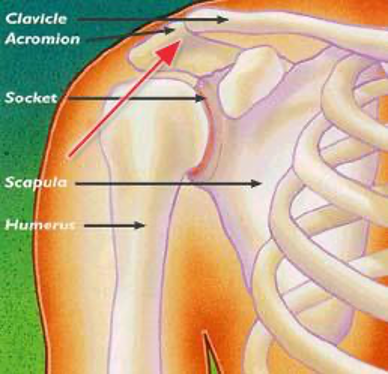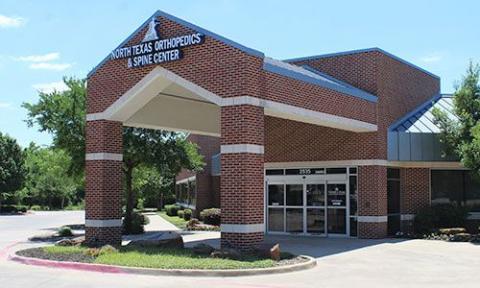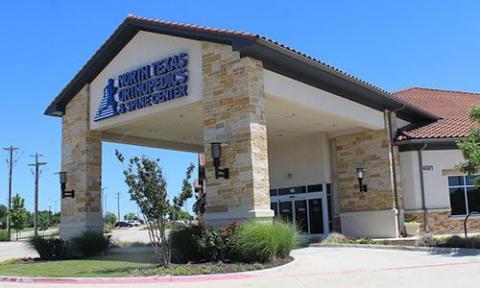Acromioclavicular (AC) separation is a common shoulder injury that occurs when the ligaments connecting the collarbone (clavicle) to the shoulder blade (scapula) are damaged. This injury can range from mild to severe and is often caused by trauma or impact. In this blog post, we will explore the causes, symptoms, treatment options, and recovery process for AC separation.

AC joint separation refers to an injury to the acromioclavicular joint, which is located at the top of the shoulder. The injury typically occurs when the ligaments stabilizing the joint are stretched or torn, causing the clavicle to separate from the scapula.
AC separation is often the result of:
AC separation injuries are classified into six types based on their severity:
Common symptoms of AC separation include:
Diagnosis typically involves:
Treatment for AC separation depends on the severity of the injury:
Surgery may be necessary for severe AC separations (Types IV-VI) or if conservative treatments fail. Surgical options include:
Recovery times vary based on the severity of the injury and the chosen treatment method:
To reduce the risk of AC separation, consider the following preventive measures:
AC separation can be a painful and limiting injury, but with the right treatment and rehabilitation, most individuals can regain full shoulder function. If you suspect an AC separation, consult a healthcare professional to determine the best course of action and begin your recovery journey.
For more information on shoulder injuries and treatments, explore our blog or schedule a consultation with one of our specialists today.
See why our patients love our physicians, quality of care, and amazing results.
*Based on Independent Market Research


© 2024, North Texas Orthopedics & Spine CENTER. All rights reserved.